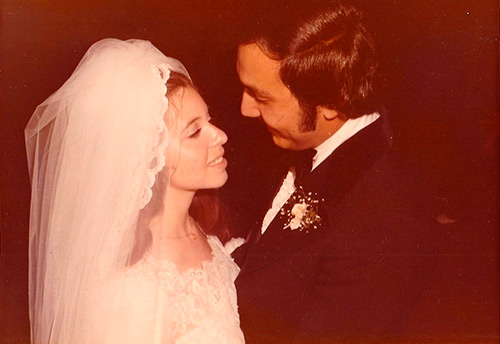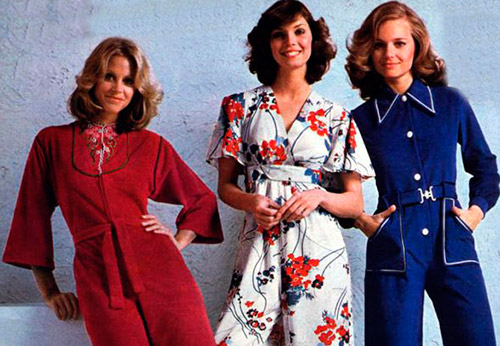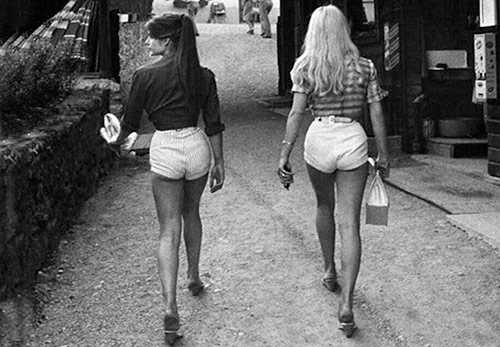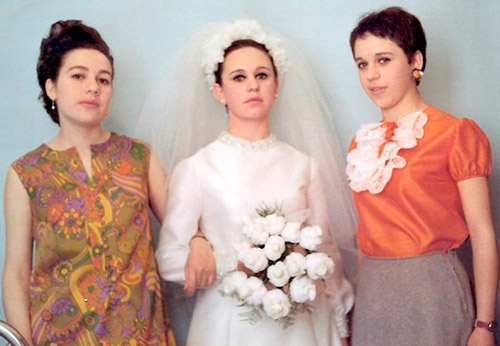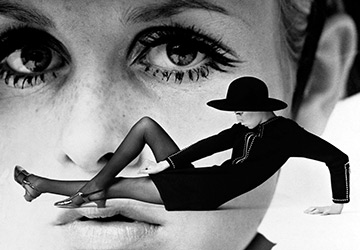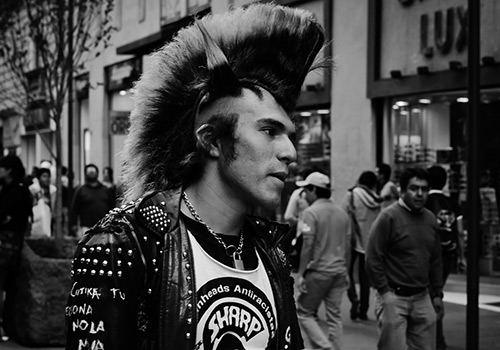Style
1970s fashion and hairstyles
1970s fashion was more diverse than ever. During this period, the main thing that was required of a person was to look unique. In the 70s, a variety of styles were in vogue - romanticism, classicism, disco, ethno, safari, sports, unisex, punk, hippies. And also such a concept as "anti-fashion" comes into use - you could wear anything you wanted, while dressing casually - for example, jeans with patches.
The 1970s is also the time of pret-a-porter, ready-made dresses. It was in the early 1970s that Parisian designers began to present their “ready-to-wear” collections twice a year - that is, in fact, to hold Fashion Weeks. By the mid-70s, in addition to Paris, Fashion Weeks began to be held in Milan, London, New York and Tokyo.
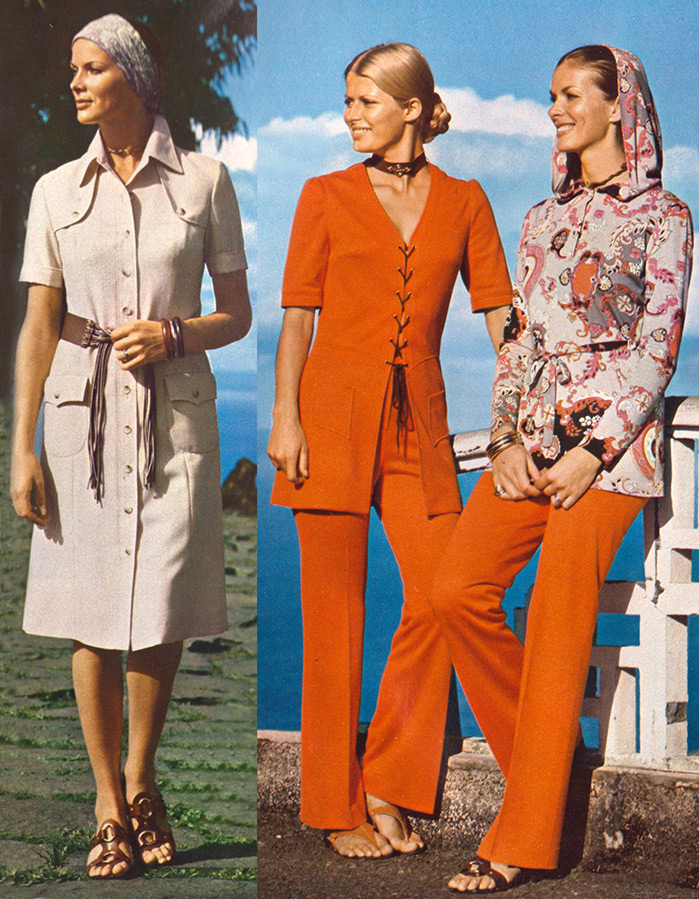
Early 1970s fashion and style
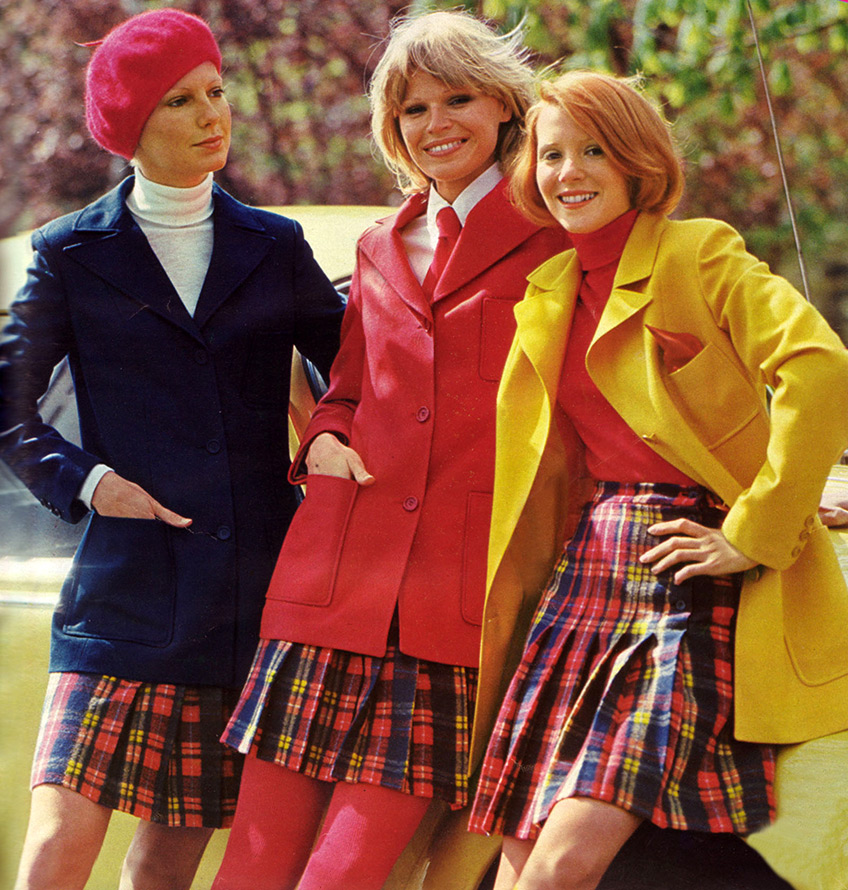
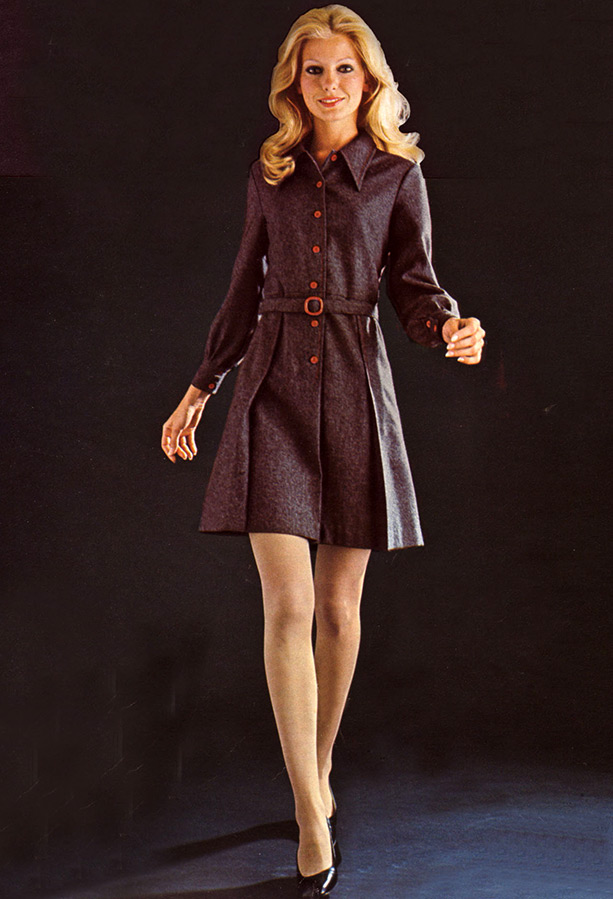
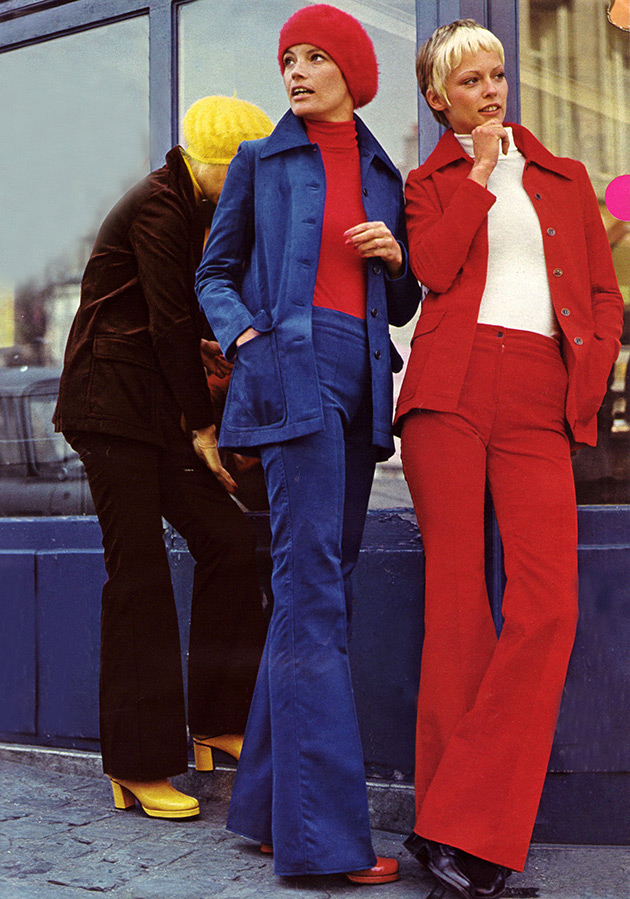
Thanks to hippies, especially in the early 1970s, naturalness was in fashion - natural fabrics, instead of synthetics, which were actively used in the late 1960s, elements of folklore style in clothes, as well as jeans that are comfortable for everyday wear and better old and worn ones. Under the influence of hippies, hairstyles from long hair were also in vogue - for both girls and boys.
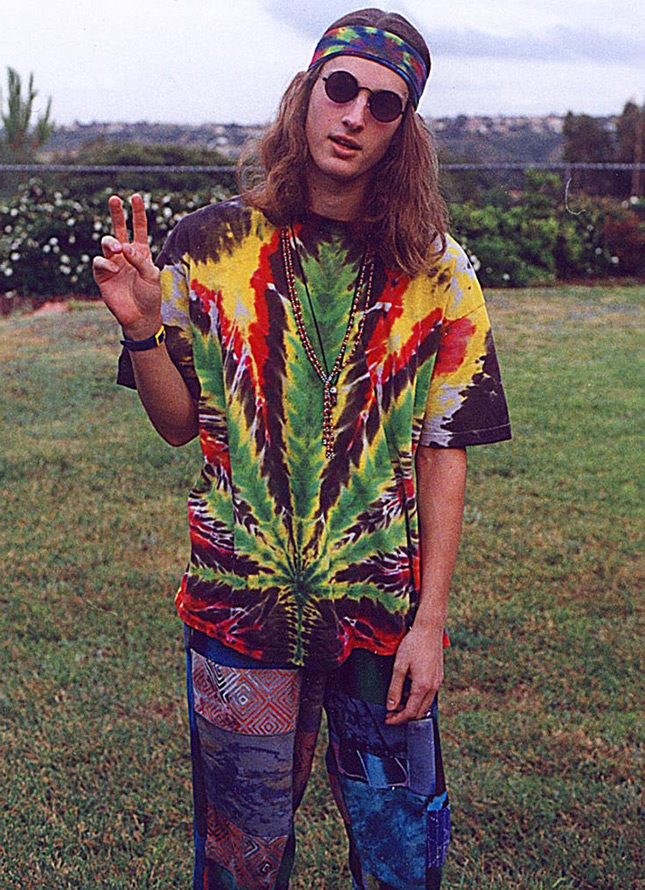
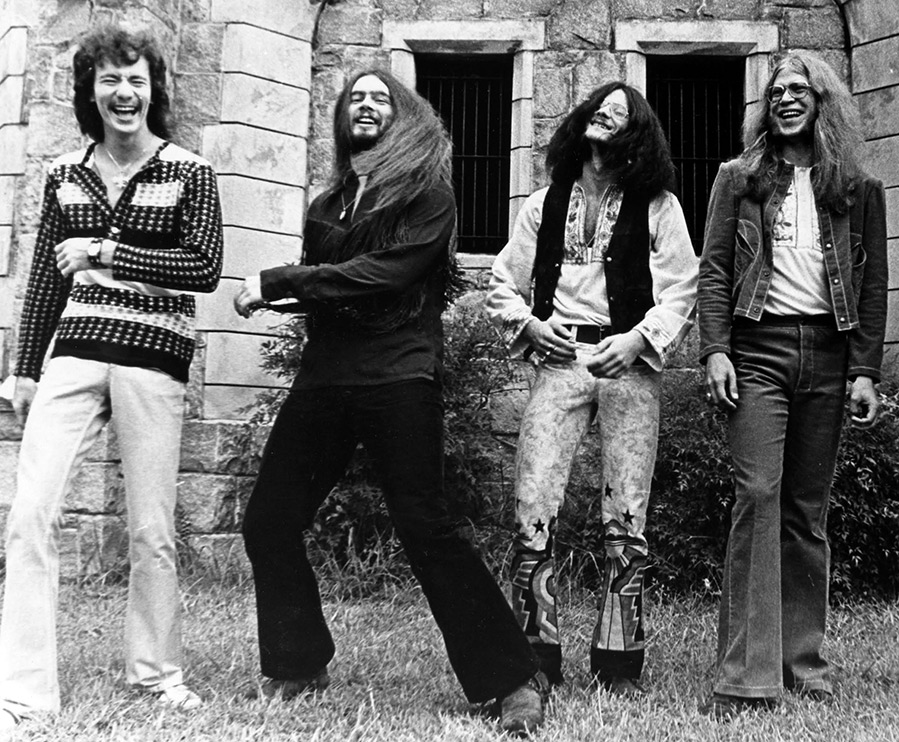
Developed in the early 1970s and unisex style - as they wrote on the pages of fashion magazines of that time, clothes "for him and for her." And the symbol of this trend in clothing, of course, became jeans.
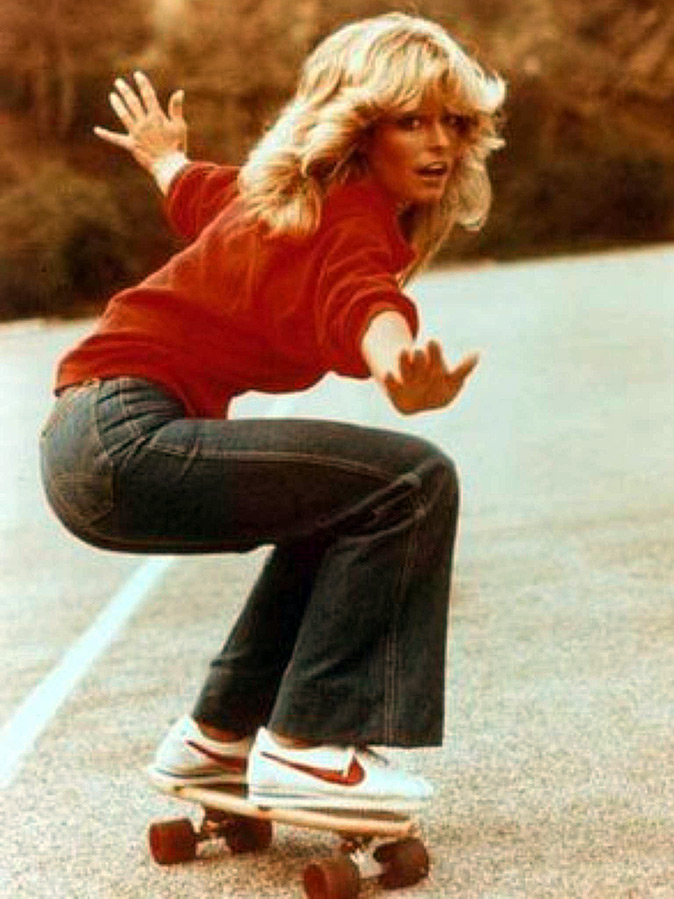
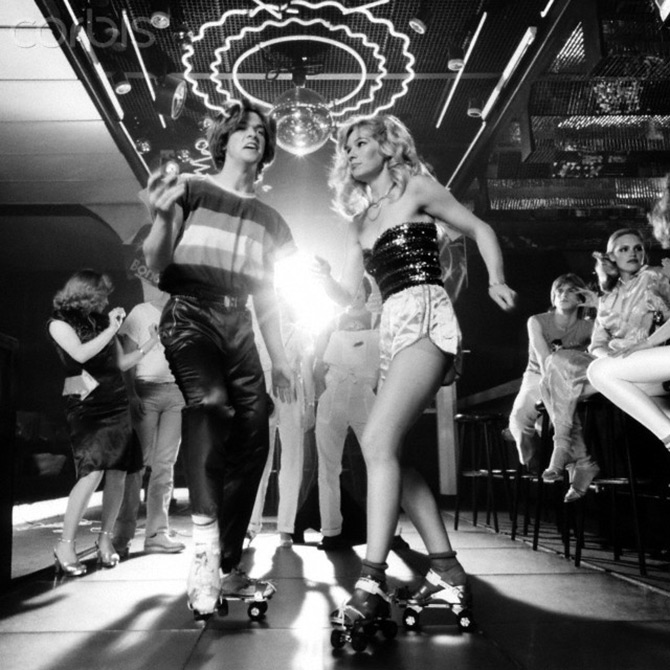
Disco style - a style that, like no other style, is associated with the 1970s, the style of the second half of the 1970s. Disco clothing includes colorful polyester shirts, 1950s cocktail dresses, grandma's floral or evening gowns with extra long slits, lycra bodysuits, tank tops, very short silver lurex shorts, old lace shirts and shiny jeans. And as a decoration for more and more exposed body - body art.
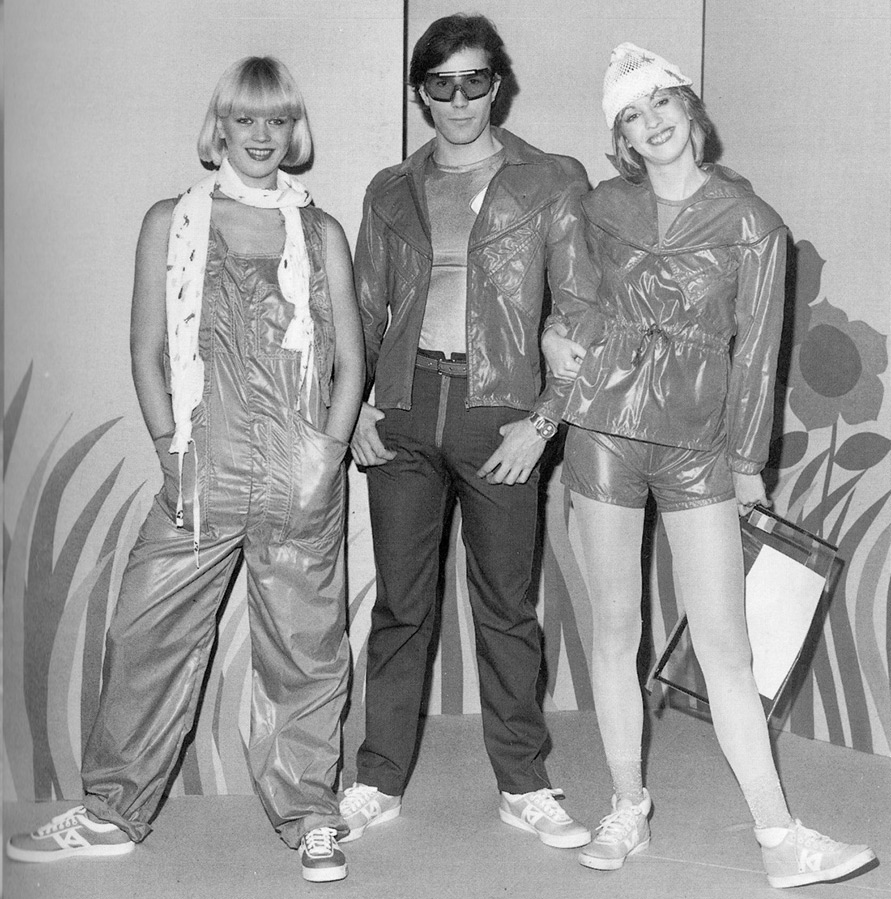
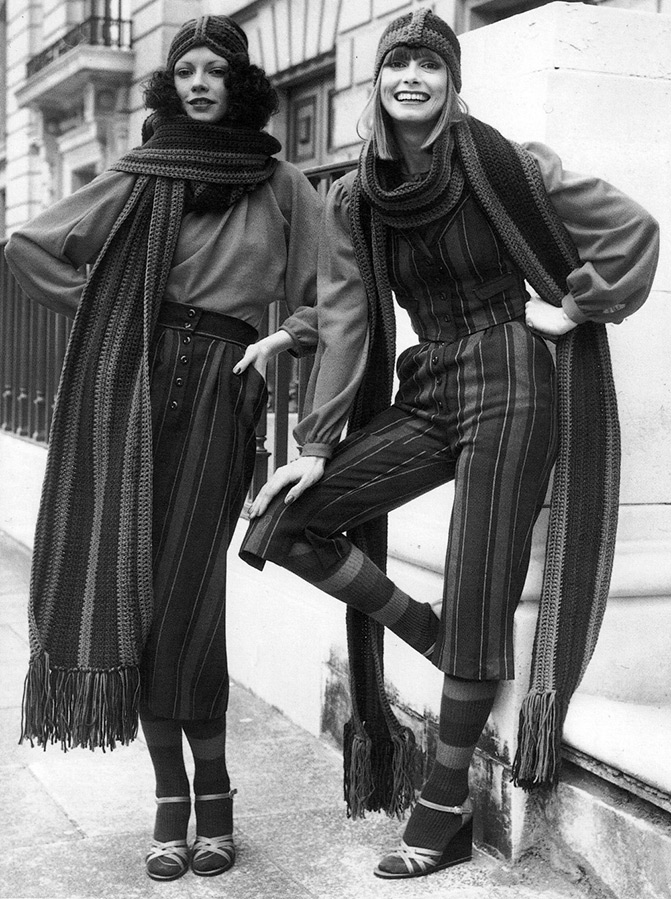
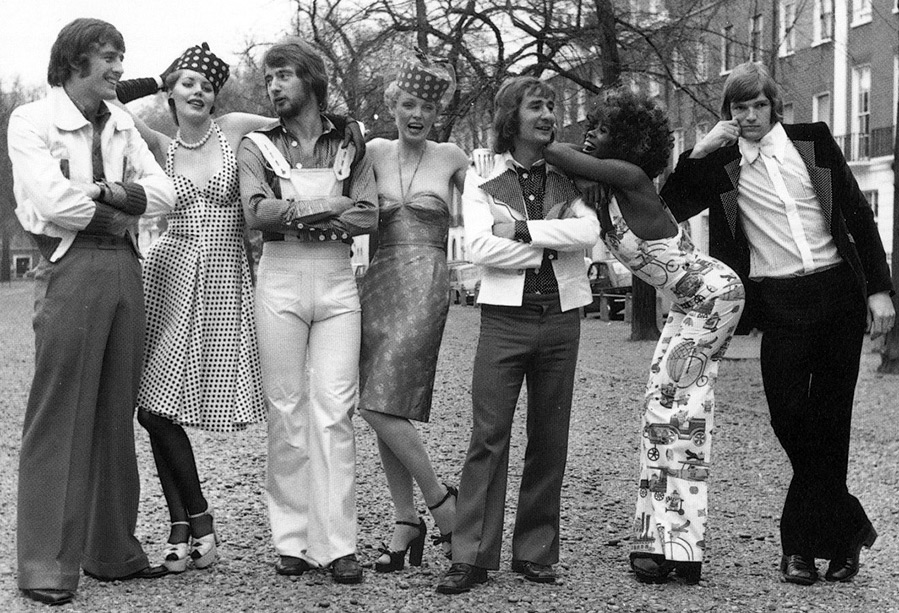
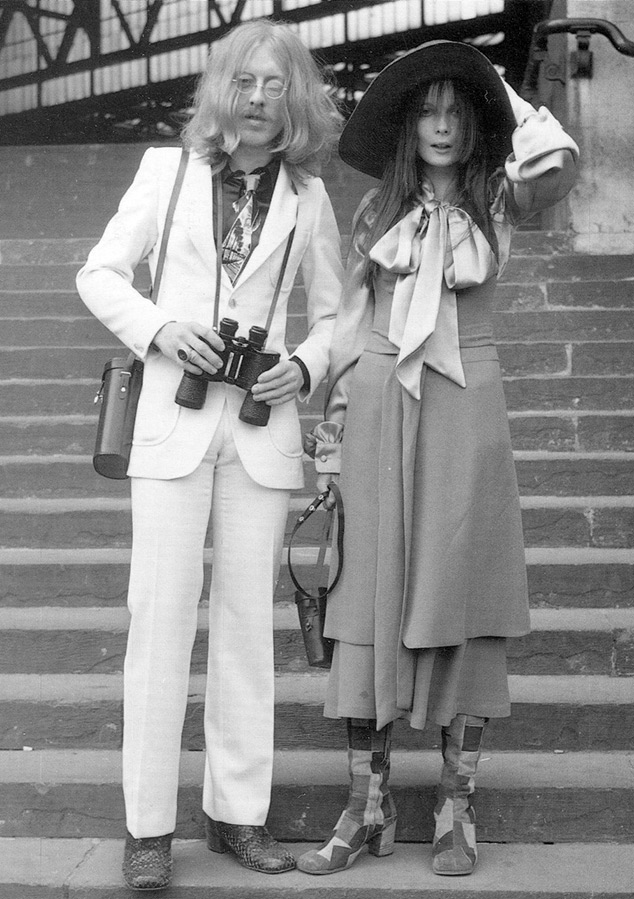
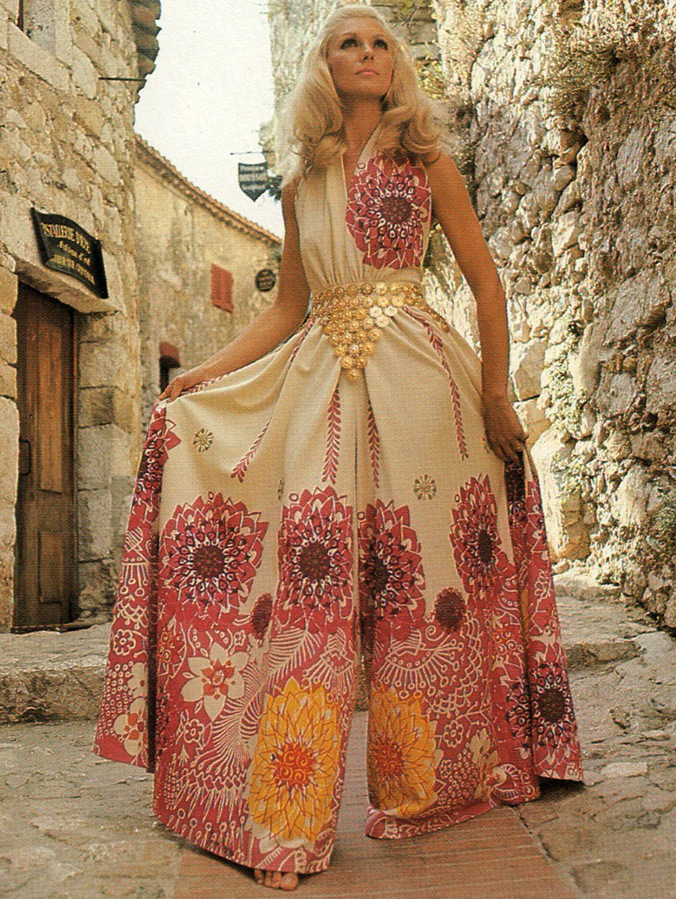
In addition to jeans, in the 1970s, they also wore long tunics that were worn with shorts or trousers, trouser suits and trousers (mostly bell-bottomed - from the hip or from the knee), striped trousers, turtlenecks, fitted shirts, which were worn by both women and men, knitted cardigans, shirt dresses, a variety of vests.
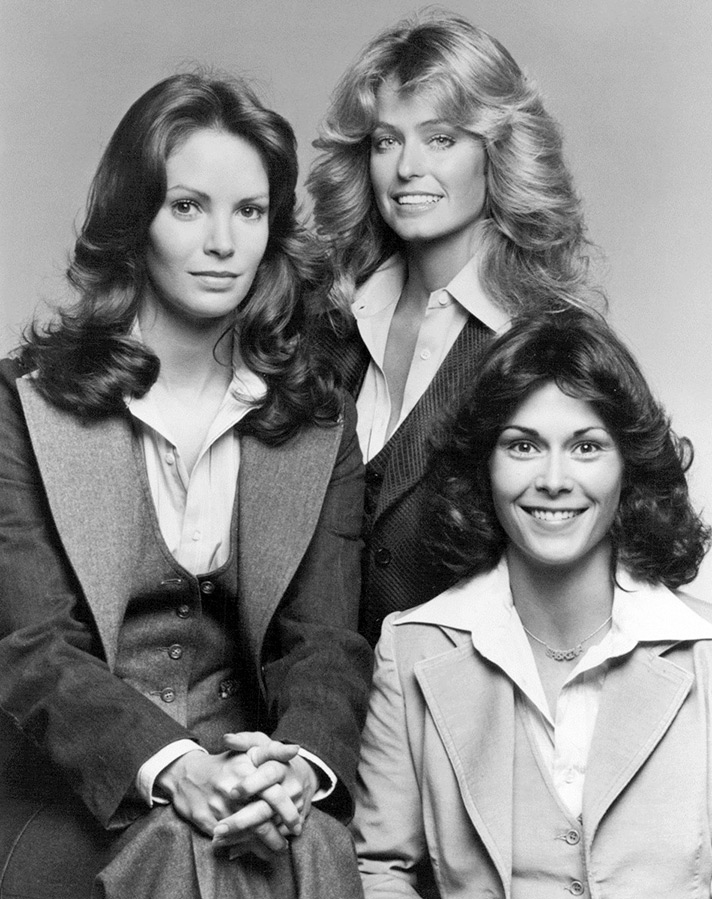
1970s hairstyles are also varied. In the early 1970s, romanticism and femininity were in fashion, including in hairstyles. Hairstyles combined haircut, perm, and soft waves. Also in the early 1970s, hippie fashion and style - long hair.
Hairstyles with a "step" haircut, a "page head" hairstyle, hairstyles with long bangs covering the forehead and eyebrows were widespread. At the same time, the bangs were often asymmetrical. Hairstyles with long hair were also worn - with straight, loose or "ponytail". Combs and hairpins were used as decoration for hairstyles.
Perm is widely used. The so-called "afro-hair" or "spoiled chemistry" appear - hairstyles with finely curled curls and bangs. Disco hairstyles.
In the 1970s, hairstyles were changing rapidly.
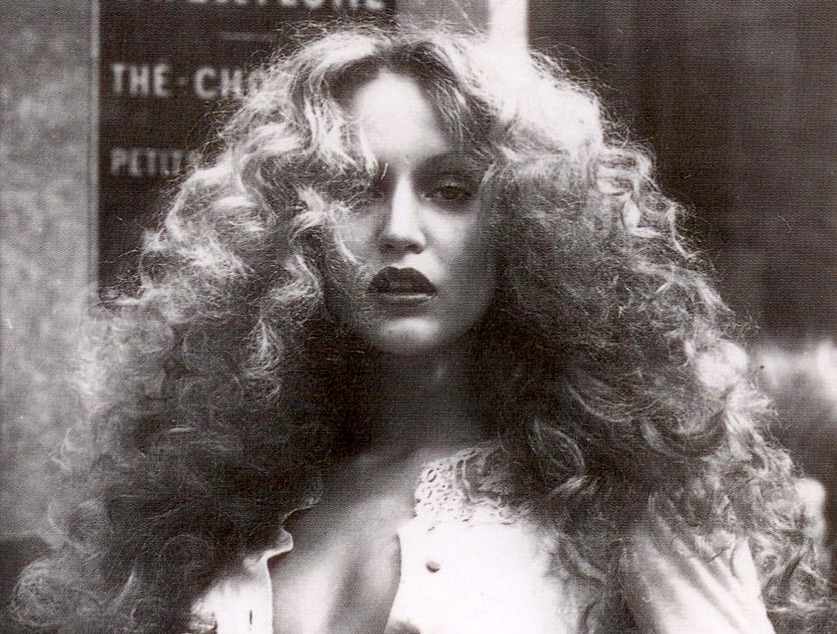
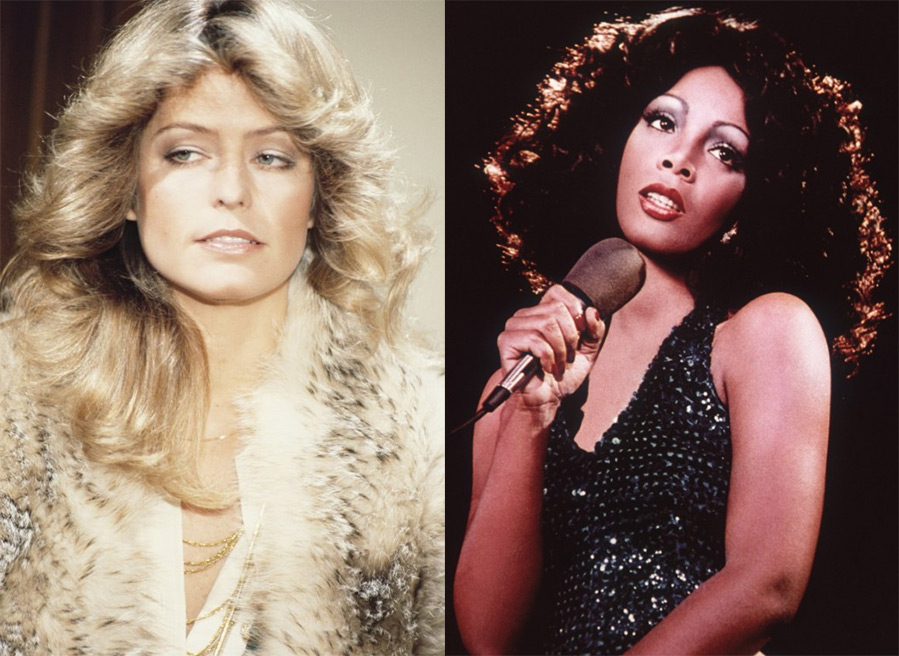
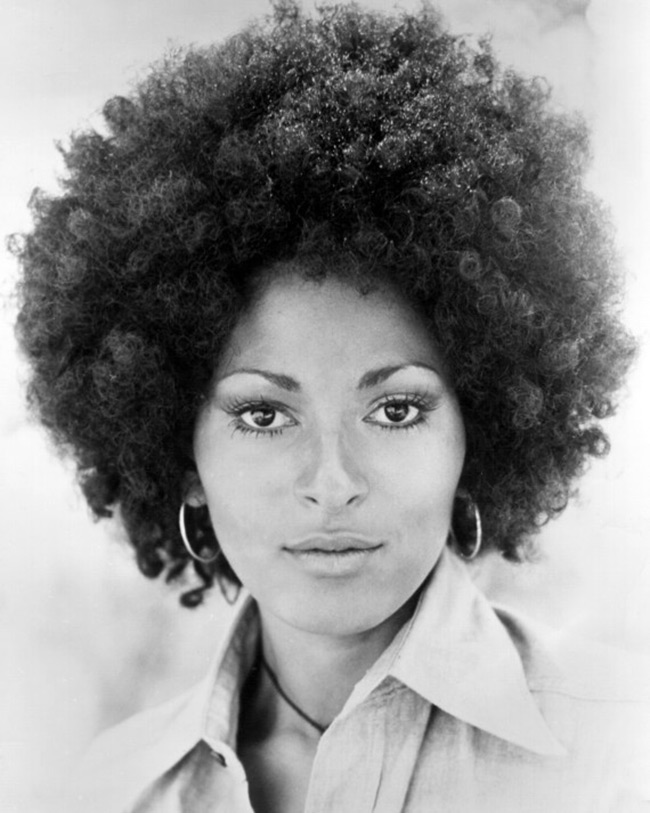
By the end of the 70s "needle hairstyles" or "punk needles", hairstyles in the style of "afro", hairstyles with coarse waves, and a short bob were in vogue. Hair is dyed, while uneven hair coloring is considered fashionable - hair is light on the crown, dark at the bottom, bangs are colored with feathers.
Among men's hairstyles, the popular hairstyle was the "mallet" hairstyle (the front hair was cut relatively short, and the back fell over the shoulders in long braids), such a hairstyle could be worn by women. Also, men wore a variety of short haircuts, for example, "hedgehog", and haircuts from semi-long hair, which could be with straight bangs or with bangs laid on the side.
Hats and berets were worn as headdresses.
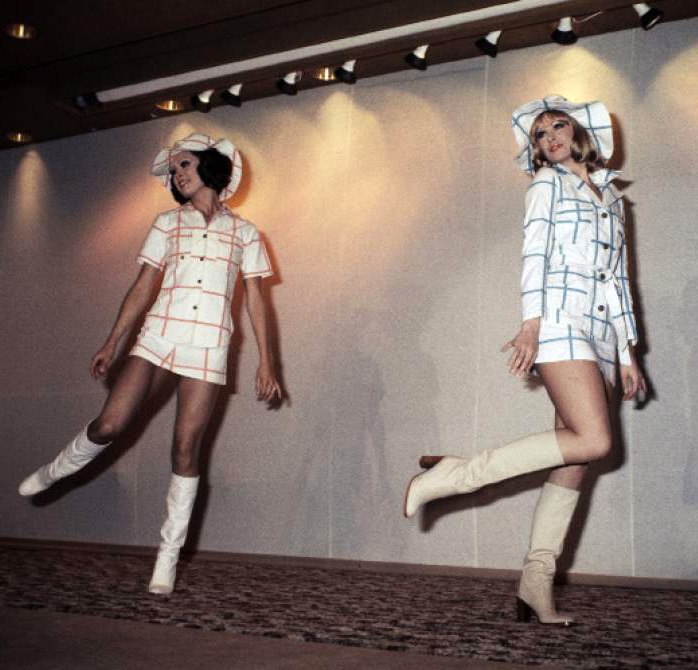
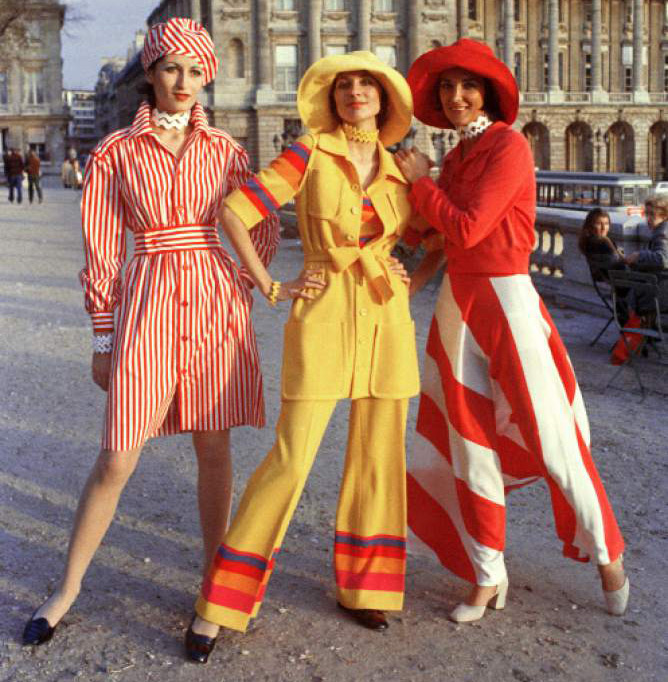
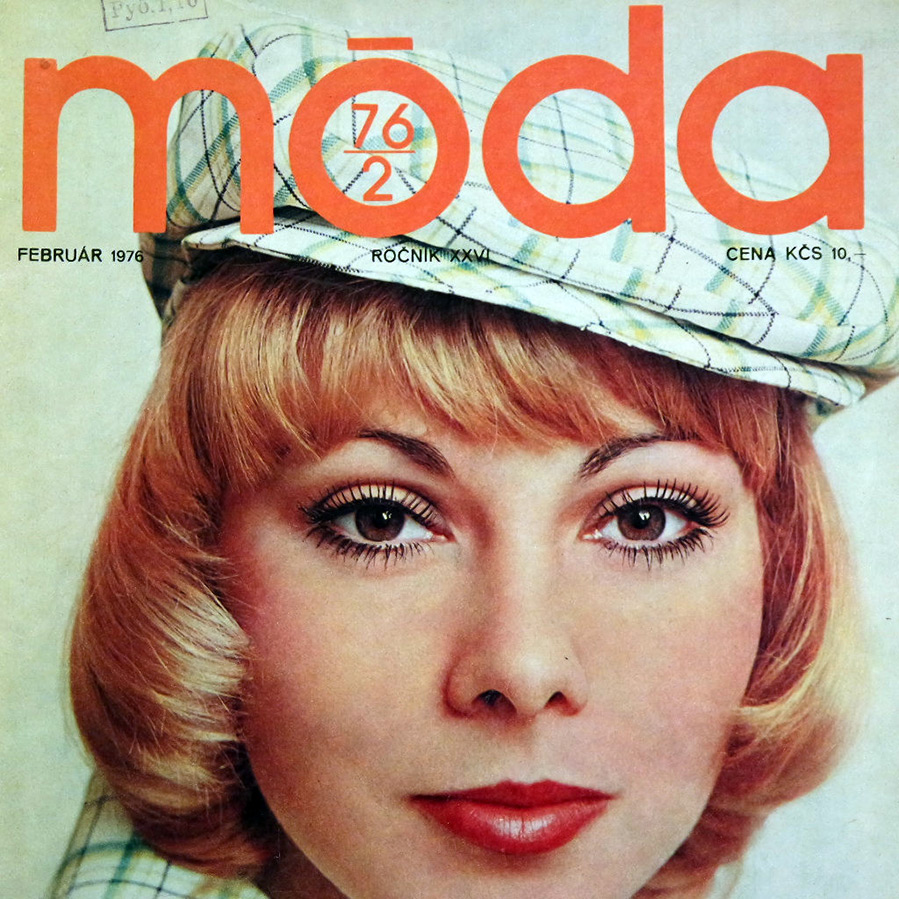
Makeup the first half of the 1970s is natural - natural eyebrows, freckles are no longer masked, lipstick is used only to give the lips a light shine.Light skin is in fashion. In the evening, the makeup could have been brighter. In the second half of the 1970s, disco and punk styles appear in fashion - make-up becomes bright. Punks painted their lips with black and green lipstick, and put thick black shadows on their eyes. In the disco style, the make-up used rainbow eye shadow and lipstick with glitter.
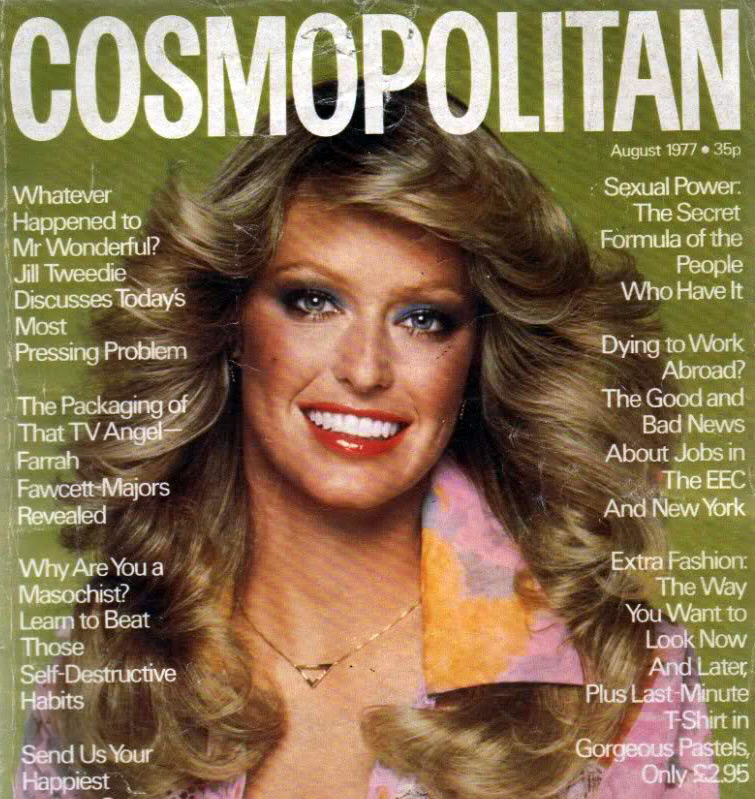
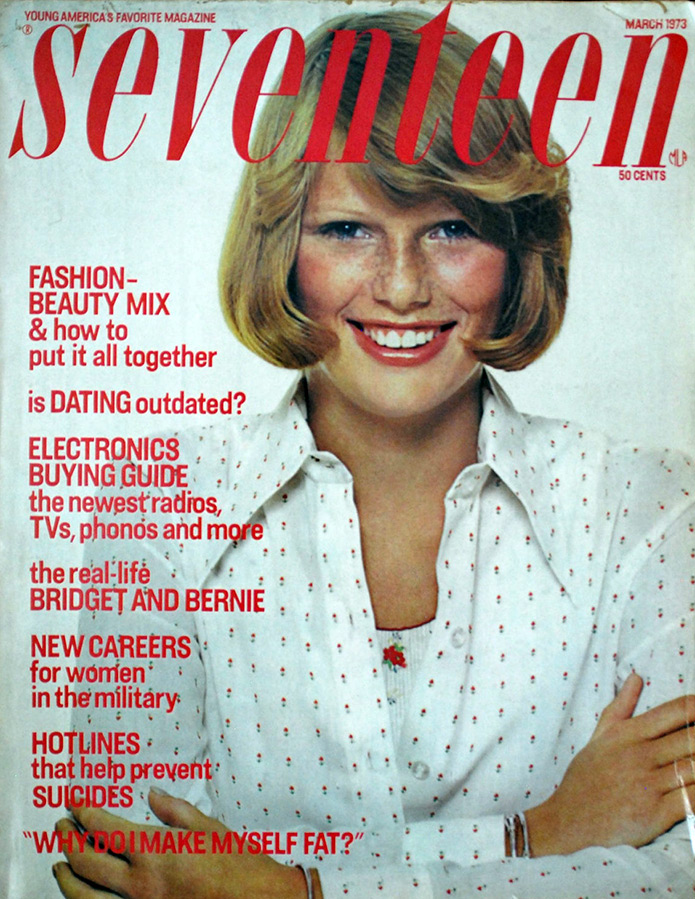
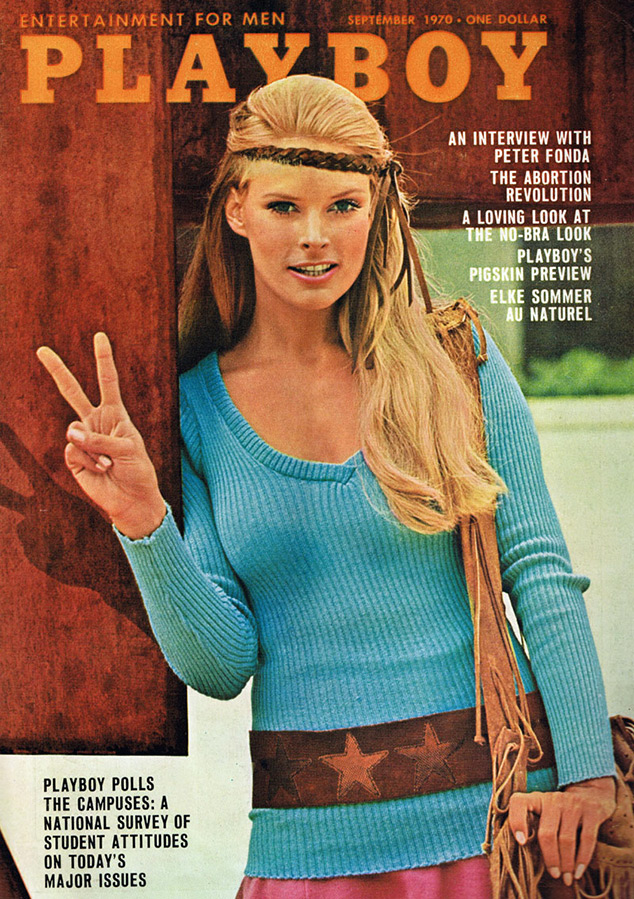
Comments and Reviews
Add a comment
Rating news
Shades of clothing that make women look younger
What shades of hair make women younger: rules and photos
Funny wedding dresses - photos and ideas
12 most expensive down jackets for the winter
How to look 25 at 40: tips from supermodels
Beautiful schoolgirls
Anti-aging haircuts and hairstyles for women
Fashionable skirts for autumn and winter
Fashionable women's trousers for the cold season
Fashionable and stylish sandals for summer 2024
Spring-summer 2024
 Fashionable dresses and tops with thin spaghetti straps
Fashionable dresses and tops with thin spaghetti straps
 Bandana tops: how to wear stylishly and beautifully
Bandana tops: how to wear stylishly and beautifully
 How to put together the perfect men's wardrobe for the summer
How to put together the perfect men's wardrobe for the summer
 Fashionable shorts for spring-summer 2024
Fashionable shorts for spring-summer 2024
 Fashionable skirts for spring-summer 2024: a guide to online shopping
Fashionable skirts for spring-summer 2024: a guide to online shopping
 The most fashionable dresses spring-summer 2024: styles and colors
The most fashionable dresses spring-summer 2024: styles and colors
 Fashionable total look 2024: ideas of images and trends
Fashionable total look 2024: ideas of images and trends
